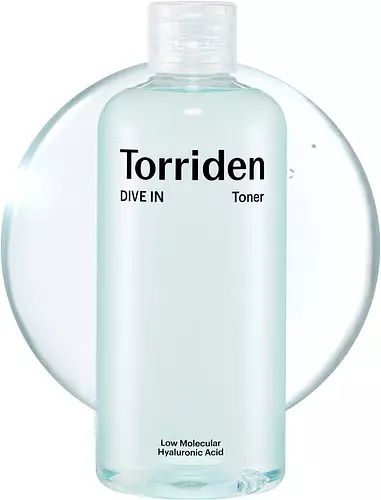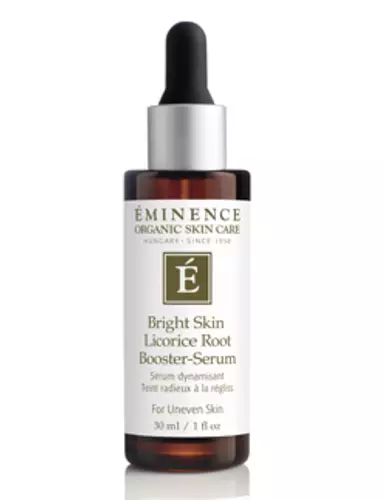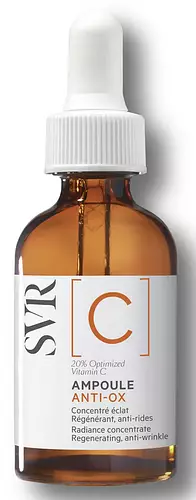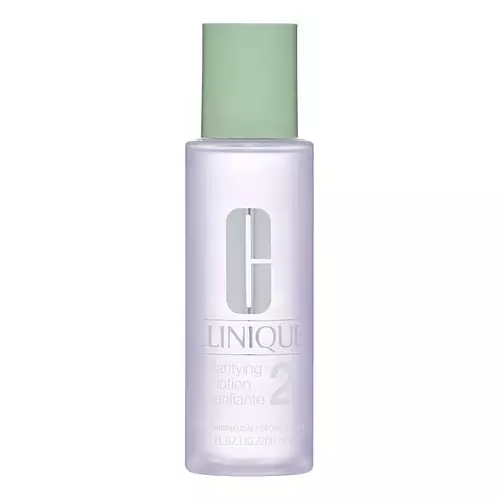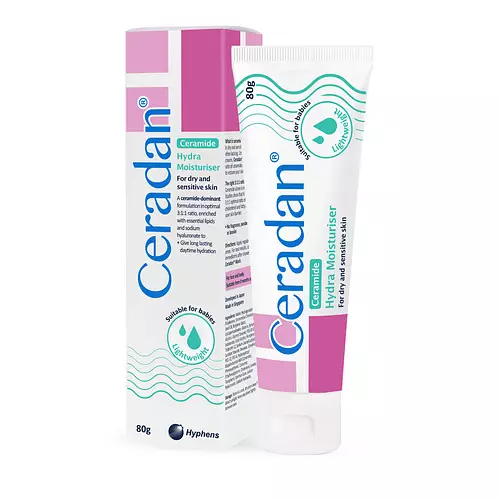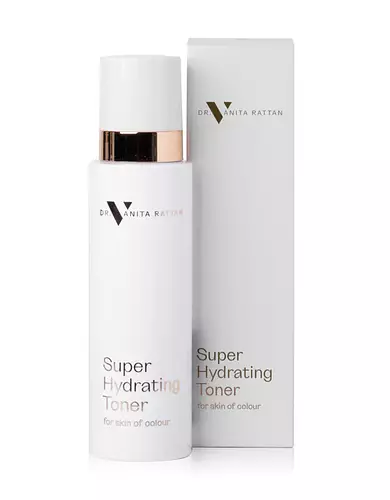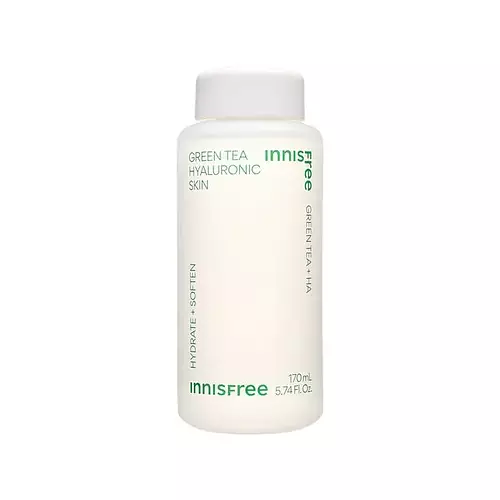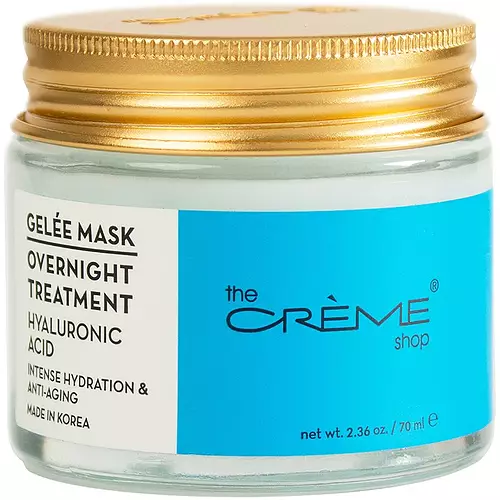Good Molecules Niacinamide Brightening Toner Versus Torriden Dive-In Low Molecule Hyaluronic Acid Toner
Updated on December 19, 2023
Overview
What they are
These products are both vegan, cruelty-free, fungal acne (malassezia) safe, and reef safe toners. They have a total of 6 ingredients in common
Cool Features
They both contain hyaluronic acid
Suited For
They're both likely to be good for dry skin, brightening skin, sensitive skin and scar healing
Free From
They both do not contain any harsh alcohols, common allergens, fragrances, oils, parabens, silicones or sulfates
We independently verify ingredients, and our claims are backed by peer-reviewed research. Spot a product that needs an update? Let us know.
Ingredient Info
Good Molecules Niacinamide Brightening Toner 16 ingredients
Torriden Dive-In Low Molecule Hyaluronic Acid Toner 20 ingredients
At a glance
Click on any of the items below to learn more
Good Molecules Niacinamide Brightening Toner 16 ingredients
Torriden Dive-In Low Molecule Hyaluronic Acid Toner 20 ingredients
Notable Ingredients
This product contains 1 ingredient that may have this attribute:
This product contains 1 ingredient that may have this attribute:
This product contains 1 ingredient that may have this attribute:
Benefits
This product contains 1 ingredient that may have this attribute:
This product contains 3 ingredients that may have this attribute:
This product contains 1 ingredient that may have this attribute:
This product contains 1 ingredient that may have this attribute:
This product contains 1 ingredient that may have this attribute:
This product contains 1 ingredient that may have this attribute:
This product contains 4 ingredients that may have this attribute:
This product contains 2 ingredients that may have this attribute:
This product contains 1 ingredient that may have this attribute:
This product contains 2 ingredients that may have this attribute:
Benefits
This product contains 1 ingredient that may have this attribute:
This product contains 1 ingredient that may have this attribute:
Ingredients Side-by-side
Ingredients Explained
These ingredients are found in both products.
Ingredients higher up in an ingredient list are typically present in a larger amount.
Water. It's the most common cosmetic ingredient of all. You'll usually see it at the top of ingredient lists, meaning that it makes up the largest part of the product.
So why is it so popular? Water most often acts as a solvent - this means that it helps dissolve other ingredients into the formulation.
You'll also recognize water as that liquid we all need to stay alive. If you see this, drink a glass of water. Stay hydrated!
Learn more about WaterGlycerin is already naturally found in your skin. It helps moisturize and protect your skin.
A study from 2016 found glycerin to be more effective as a humectant than AHAs and hyaluronic acid.
As a humectant, it helps the skin stay hydrated by pulling moisture to your skin. The low molecular weight of glycerin allows it to pull moisture into the deeper layers of your skin.
Hydrated skin improves your skin barrier; Your skin barrier helps protect against irritants and bacteria.
Glycerin has also been found to have antimicrobial and antiviral properties. Due to these properties, glycerin is often used in wound and burn treatments.
In cosmetics, glycerin is usually derived from plants such as soybean or palm. However, it can also be sourced from animals, such as tallow or animal fat.
This ingredient is organic, colorless, odorless, and non-toxic.
Glycerin is the name for this ingredient in American English. British English uses Glycerol/Glycerine.
Learn more about Glycerin1,2-Hexanediol is a multi-tasker ingredient. It acts as a preservative to increase shelf-life and can aid other preservatives in preventing microbe growth. 1,2-Hexanediol also helps the skin retain moisture as a humectant.
In products that are water-based, this ingredient can help stabilize perfumes and fragrances. It can also help make the texture of products softer and more smooth.
Betaine is a common humectant (a substance that promotes retention of moisture). It's known to be gentle on the skin and can help balance hydration.
Betaine is best for improving hydration and soothing irritated skin. Studies show betaine may help with uneven skin tones.
Betaine is naturally created in the skin and body. The form found within cosmetic products can be either plant-dervied or synthetic.
Learn more about BetaineEthylhexylglycerin (we can't pronounce this either) is commonly used as a preservative and skin softener. It is derived from glyceryl.
You might see Ethylhexylglycerin often paired with other preservatives such as phenoxyethanol. Ethylhexylglycerin has been found to increase the effectiveness of these other preservatives.
Sodium Hyaluronate is hyaluronic acid's salt form. It is commonly derived from the sodium salt of hyaluronic acid.
Like hyaluronic acid, it is great at holding water and acts as a humectant. This makes it a great skin hydrating ingredient.
Sodium Hyaluronate is naturally occurring in our bodies and is mostly found in eye fluid and joints.
These are some other common types of Hyaluronic Acid:
Learn more about Sodium HyaluronateIngredient Ratings
Here's what our community thinks of the ingredients in these products.
When to use
Good Molecules Niacinamide Brightening Toner 16 ingredients
Torriden Dive-In Low Molecule Hyaluronic Acid Toner 20 ingredients


Reviews
Here's what our community thinks
Good Molecules Niacinamide Brightening Toner 16 ingredients
CrystalUsa56
Good for dullness
It didn't cause any irritation, redness, etc. Doesn't have a huge impact on dark spots or hyperpigmentation but brightens skin...
Good for dullness
It didn't cause any irritation, redness, etc. Doesn't have a huge impact on dark spots or hyperpigmentation but brightens skin and makes your face look less dull.
MichelleR
Vitamin C Alternative
I am allergic to everything under the sun and I don't tolerate Vitamin C very well. This product is the only Vitamin C that...
Vitamin C Alternative
I am allergic to everything under the sun and I don't tolerate Vitamin C very well. This product is the only Vitamin C that hasn't made me break out. I plan to try more with the 3-0 Ethyl Ascorbic Acid version, but this is my go to in the meantime. I definitely don't have any chemical burns or sensitive reactions to this. It's my go to daily use for the summer!
Torriden Dive-In Low Molecule Hyaluronic Acid Toner 20 ingredients
Mamabuja
I've reconsidered my thoughts on this, while it is lightly hydrating, it still does make a big difference in my skin. I stopped using it and...
I've reconsidered my thoughts on this, while it is lightly hydrating, it still does make a big difference in my skin. I stopped using it and noticed my skin was MUCH less bouncy and hydrated - i feel like it also smooths out large pores (only slightly), i personally wont repurchase as i feel my skin is too dehydrated and need something a little more but for someone else i feel this would be amazing
Roseblushbliss
It does it’s job in deep hydration so I still reach for it in spells of dehydrated skin, and as a toner to prep for serums and so on it does its...
It does it’s job in deep hydration so I still reach for it in spells of dehydrated skin, and as a toner to prep for serums and so on it does its job. But you NEED to follow this up with an effective moisturiser at the end or you will feel dry quickly. This super watery toner doesn’t moisture lock, only hydrates (ESPECIALLY for dry skin).

